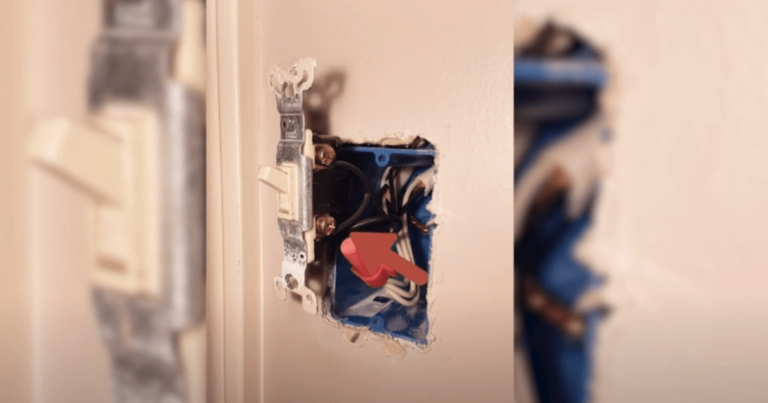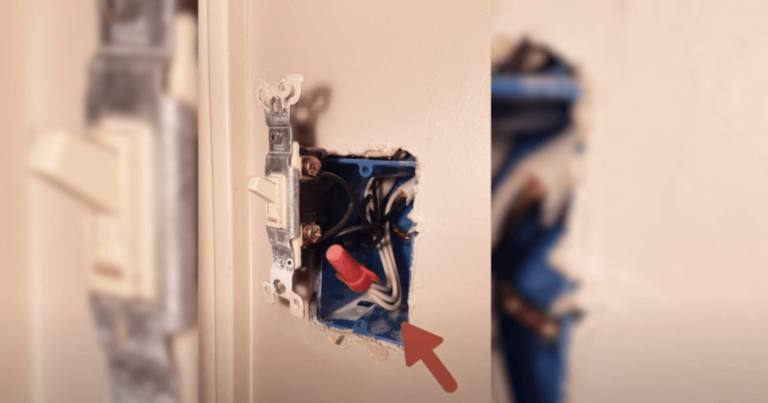Neutral wires are necessary for many smart switches to work. Here’s what you need to know.
Three in four Americans bought a smart home techdevice in 2022, and that number has only gone up since then. We’re not sure how many of those people went to install a new smart switch and realized that electrical wiring can be confusing, but we bet it was a lot.
If you’re among those numbers, don’t worry. We’ve got all the information you need about neutral wires to get you on your way to smart home glory.




